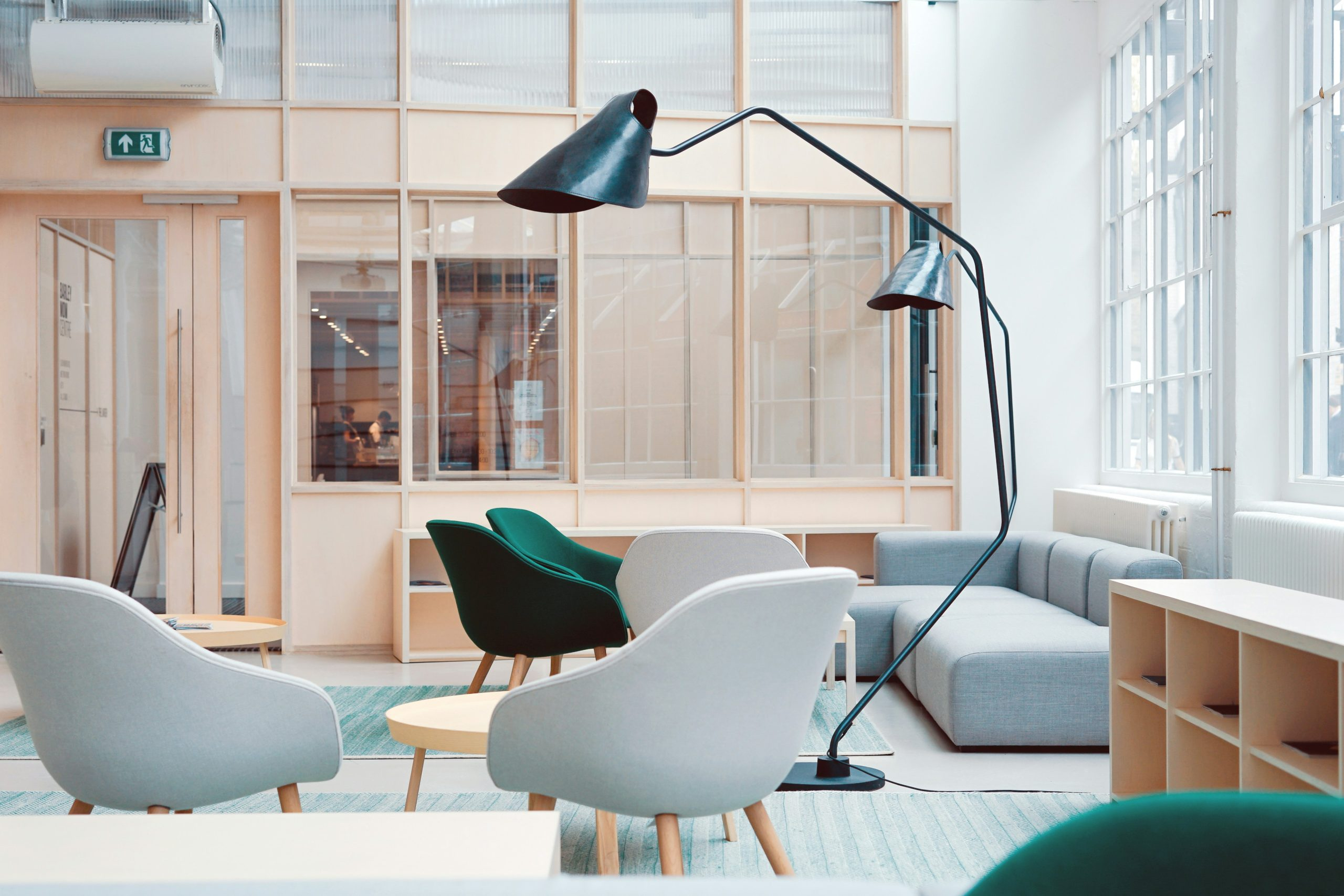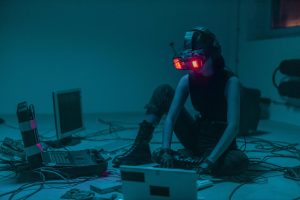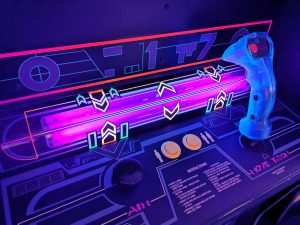Holographic Staging: Selling Empty Homes via AR Furniture Illusions
In today’s competitive real estate market, selling a home can be a daunting task. With so many homes on the market, it can be challenging to make your listing stand out and attract potential buyers. This is where holographic staging comes in – a revolutionary new way to stage and market empty homes using AR furniture illusions. Imagine being able to virtually stage an empty house with high-quality, lifelike furniture and decor, all at a fraction of the cost and effort of traditional staging methods. In this article, we’ll explore the world of holographic staging and how it’s changing the game for selling empty homes.
The Power of Staging
Staging a home is the process of preparing a property for sale by arranging furniture, decor, and other items in an appealing and inviting way. The goal is to create an attractive environment that potential buyers can envision themselves living in. According to a study by the National Association of Realtors, 83% of buyers’ agents said staging a home made it easier for buyers to visualize the property as their future home. Additionally, staged homes tend to sell faster – a whopping 73% faster according to a study by the Real Estate Staging Association. So, it’s no surprise that staging has become a crucial aspect of the selling process.
The Rise of Holographic Staging
With the advent of technology, traditional staging methods are being challenged. Holographic staging is a virtual staging method that uses AR (augmented reality) technology to create realistic and immersive experiences for potential buyers. This means that with the use of a computer or smartphone, buyers can see a fully furnished, decorated, and personalized version of an empty home. The result is a stunning and jaw-dropping visual that helps buyers envision themselves living in the home.
The Benefits of Holographic Staging
One of the main advantages of holographic staging is its cost-effectiveness. Traditional staging requires the physical rental, delivery, and setup of furniture and decor, which can add up quickly. In contrast, holographic staging only requires a one-time investment in the software and equipment, making it a more affordable option for homeowners and real estate agents.
Furthermore, holographic staging offers limitless possibilities for customization. With traditional staging, homeowners and agents are limited by the available furniture and decor, whereas with holographic staging, they can choose from a vast selection of virtual options, including different styles and colors. This allows for more personalized and appealing spaces for potential buyers.
Another significant benefit of holographic staging is that it simplifies the staging process. Traditional staging often involves coordinating with multiple vendors, scheduling delivery and setup, and making adjustments if items are damaged or not to the homeowner’s liking. With holographic staging, all of this is eliminated, as everything is done through a virtual platform. This makes the staging process faster, easier, and less stressful for all parties involved.
The Impact on the Real Estate Market
Holographic staging is not only changing the way homes are marketed and sold; it’s also transforming the real estate market as a whole. As mentioned earlier, staged homes tend to sell faster, and with the added benefits and convenience of holographic staging, this is likely to speed up the selling process even further. This will give home sellers a competitive advantage in a crowded market and potentially result in higher selling prices.
Moreover, holographic staging can also benefit buyers. With AR technology, buyers can see a fully decorated version of an empty home, giving them a better understanding of the property’s space and potential. This can save buyers time and effort, as they no longer have to try to visualize the home’s potential or view multiple properties to compare.
In Conclusion
Holographic staging is revolutionizing the real estate market, providing a cost-effective, customizable, and convenient alternative to traditional staging. With its ability to create stunning and immersive experiences for buyers, it’s changing the game for selling empty homes. As technology continues to advance, it’s exciting to think about how holographic staging will continue to evolve and shape the real estate industry in the future.










